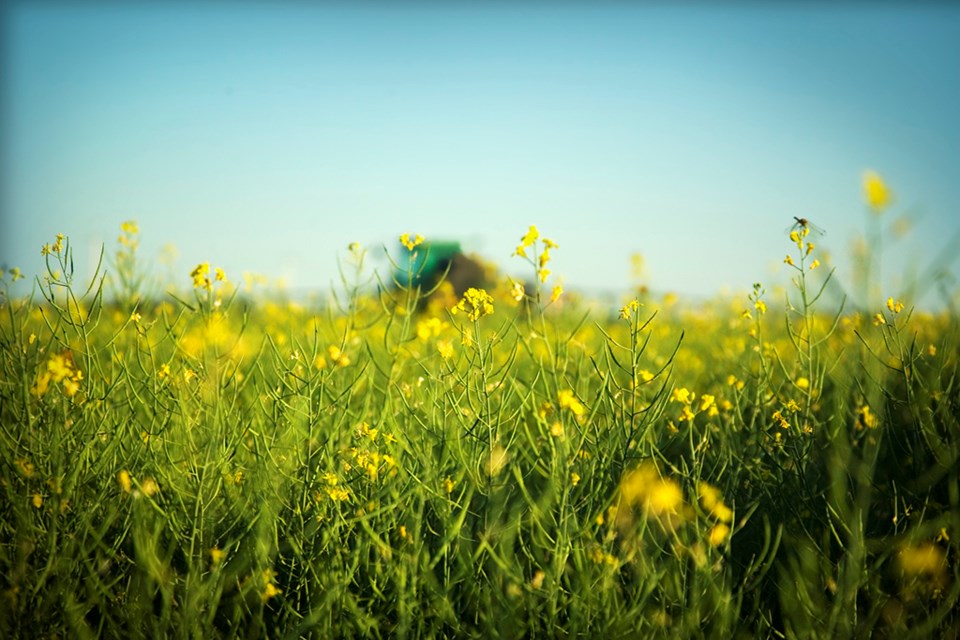ESTEVAN - The moisture received early in the spring is helping the crops progress in southeast, according to the crop report for the period of June 28 to July 3. Although in slight excess this spring, producers are hoping the moisture will return as rain is needed soon to help pastures and crops remain in good condition.
Isolated showers were seen across the southeast this past week, with 42 mm being received in the Odessa region. Rainfall in other parts of the region varied. Topsoil moisture is beginning to diminish in cropland, hay and pasture land. In Cropland, two per cent of topsoil moisture is rated as surplus, 43 per cent adequate, 44 per cent short, and 11 per cent very short. Hay and pasture topsoil moisture is rated as one per cent is surplus, 35 per cent is adequate, 45 per cent is short and 20 per cent is very short.
Cereal heads and flowering canola are seen throughout the southeast. Fall cereals are mainly headed out at 66 per cent, while 17 per cent are in the dough stage. Spring cereals are not far behind, with 36 per cent in the shot blade stage and 25 per cent headed out. In canola, the majority of the crop is either in the rosette stage at 40 per cent or flowering stage at 47 per cent. Flax is 52 per cent at the stem elongation stage. Pulses are the most diverse in staging, with 47 per cent in vegetative stages and 39 per cent podded.
Almost half of the first cut of hay is complete for the year, with 24 per cent cut and 20 per cent is baled or silaged. The majority of hay is of good quality, ranging from excellent to fair quality. Pastures are rated as 58 per cent in good condition, while 27 per cent are in fair condition.
Crop damage reported in the southeast this week was due to heat stress, wind damage, grasshoppers and other insect pressures. Producers are currently busy haying and scouting crops while deciding whether or not to spray.




